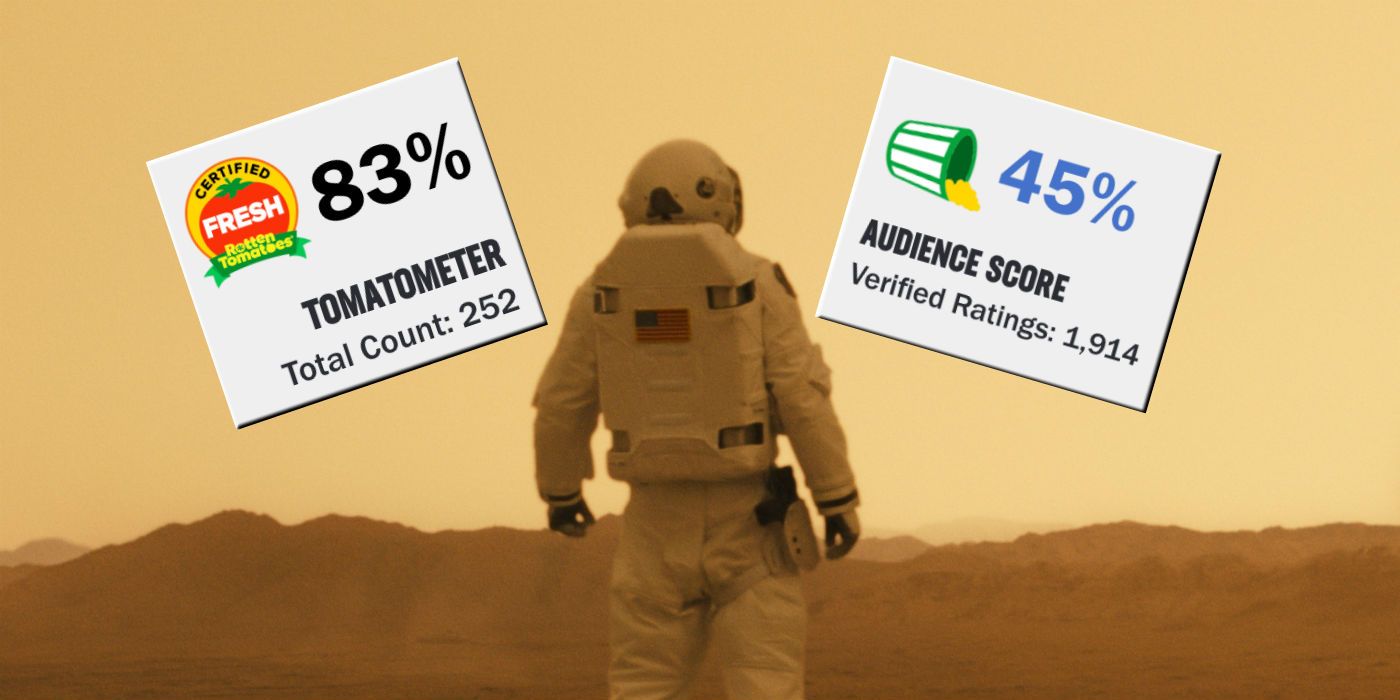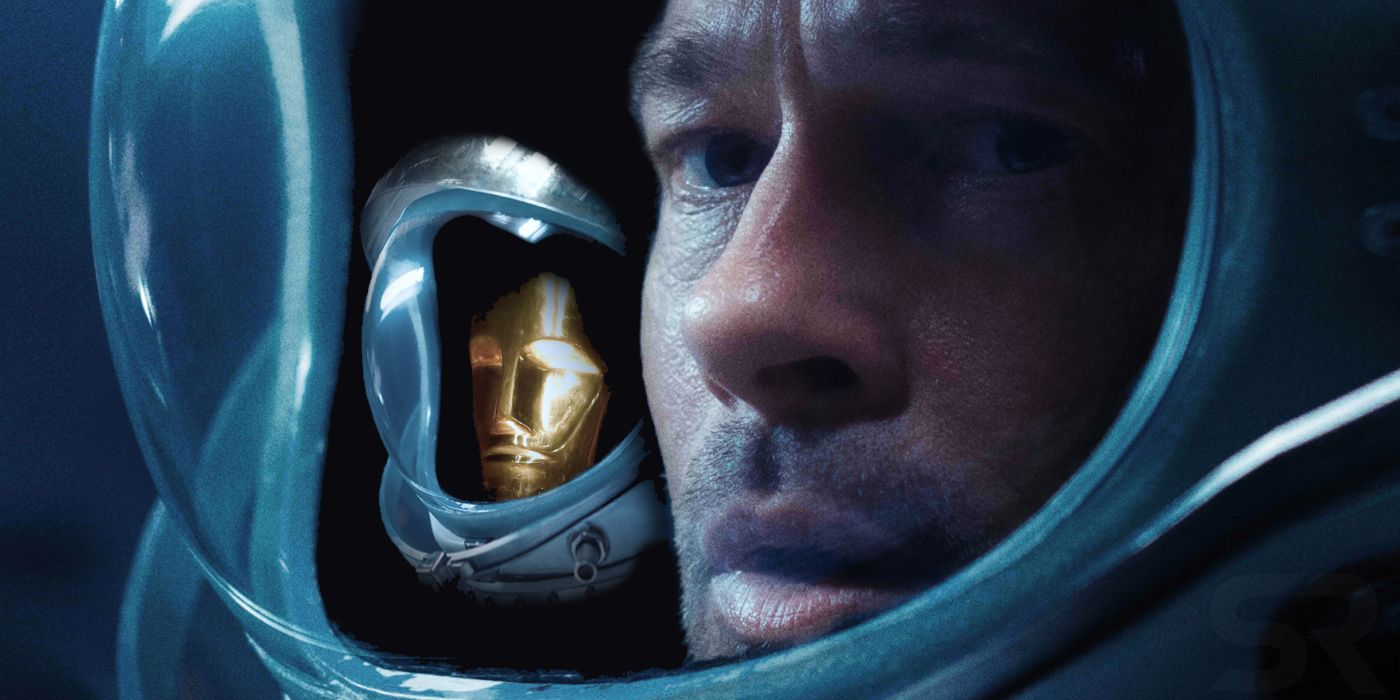James Gray's Ad Astra has been widely praised by critics, but general audiences seem unimpressed - what's going on? Featuring a minimalist performance by Brad Pitt, Ad Astra is an intense sci-fi story in which Pitt's character, Roy McBride, heads into space to reconnect with the father whom he believed died decades ago (played by Tommy Lee Jones). The film is intense and cerebral, using the trip to space as a metaphor for Roy's loneliness and isolation, and his unresolved issues with his father leaving him. The resolution is surprising, and hardly fits with traditional Hollywood tropes.
Although there have been a few outliers, in general Ad Astra has been praised by critics. The Washington Post, for example, declared it to be "an astronaut adventure with soul." Almost all the critics have been impressed with Gray's technical realism, and have been drawn into the humanist narrative of the central character. General viewers don't seem to be impressed, however; at time of writing, the film has an Audience Score of just 47 percent on review aggregate site Rotten Tomatoes, compared to a "Certified Fresh" score of 83 percent from critics.
The main problem with Ad Astra is that it rests purely upon the performance of one actor. Roy McBride doesn't really like humanity, and frankly the movie seems to feel the same way; secondary characters are either killed off at speed, or forgotten about once they've served their purpose and given Roy another piece of the puzzle. That means viewers will have to decide whether or not they can relate with Brad Pitt's Roy McBride; if they can't, the film will fail. While Pitt just about pulls the performance off, Gray seems unsure whether he's managed it, and indulges in often unnecessary narration to explain Roy's feelings in case viewers haven't quite got it. Most critics have been able to look past this, recognizing the narration as a homage to sci-fi classics such as 2001: A Space Odyssey, but general moviegoers have been less forgiving.
Meanwhile, the overall narrative structure has its problems too. Ad Astra sends Roy McBride on a journey to the depths of space, and along the way tries to develop the sense of a viable, realistic future world. Director James Gray also takes advantage of the opportunity to add some tremendously well-executed action scenes that help keep the pace up for the first two acts. Unfortunately, as technically impressive as these sequences may be, they also contribute little to the plot. A gun-fight with Moon pirates is thrilling to watch, but ultimately irrelevant, killing off characters who essentially served as Star Trek redshirts. A zero-gravity knife-fight goes badly wrong when an experienced astronaut is foolish enough to fire a laser weapon inside an enclosed spaceship, straining belief beyond breaking point for some critics. As CBR's review put it, these action scenes "feel like grudging concessions to the mainstream rather than crucial pieces of the narrative."
Gray has said he wanted to create the most realistic sci-fi film he could manage, and as a result he puts a massive amount of effort into world-building. The critics have focused on the work that went into costume and set design, but ironically that very sense of realism has caused problems for moviegoers. The set design may be impressively realistic, but the overarching narrative has its problems - most notably a sequence that sees Roy McBride climb into a rocket through its exhaust port during lift-off. The realism seems to actually highlight the scientific inaccuracies, making them all the more egregious for general viewers.
Fundamentally, a viewer's opinion of Ad Astra seems to be decided by two questions: can they connect with the central character, and can they suspend their disbelief and enjoy the narrative in spite of its many scientific problems? Most of the critics have been able to do so, but moviegoers are understandably divided.


